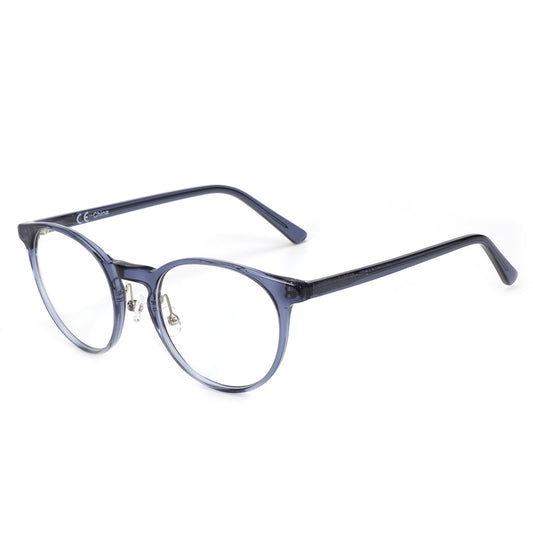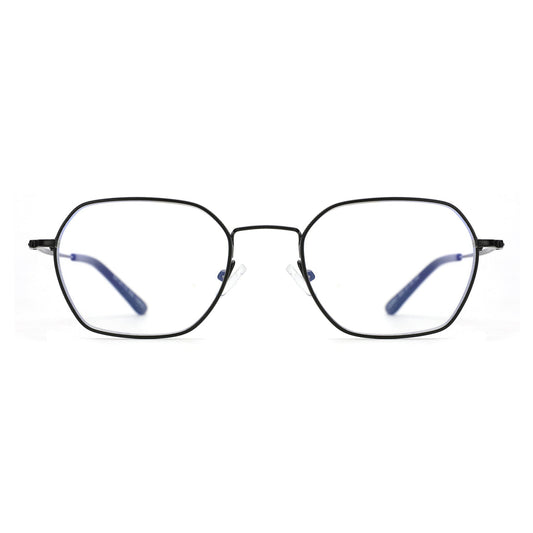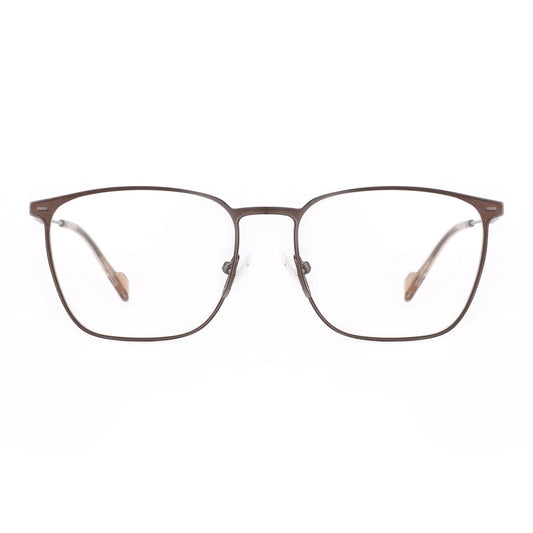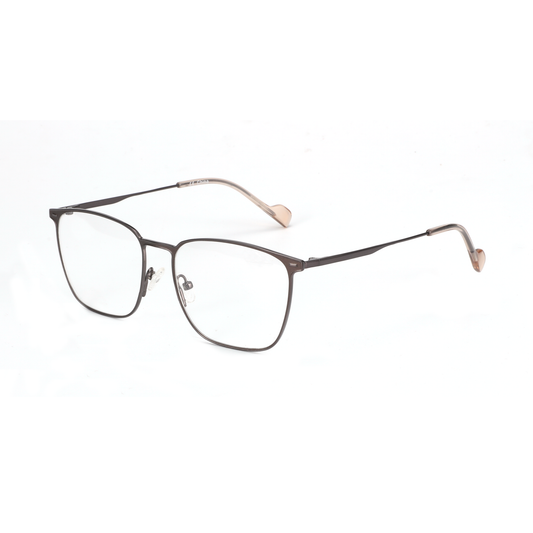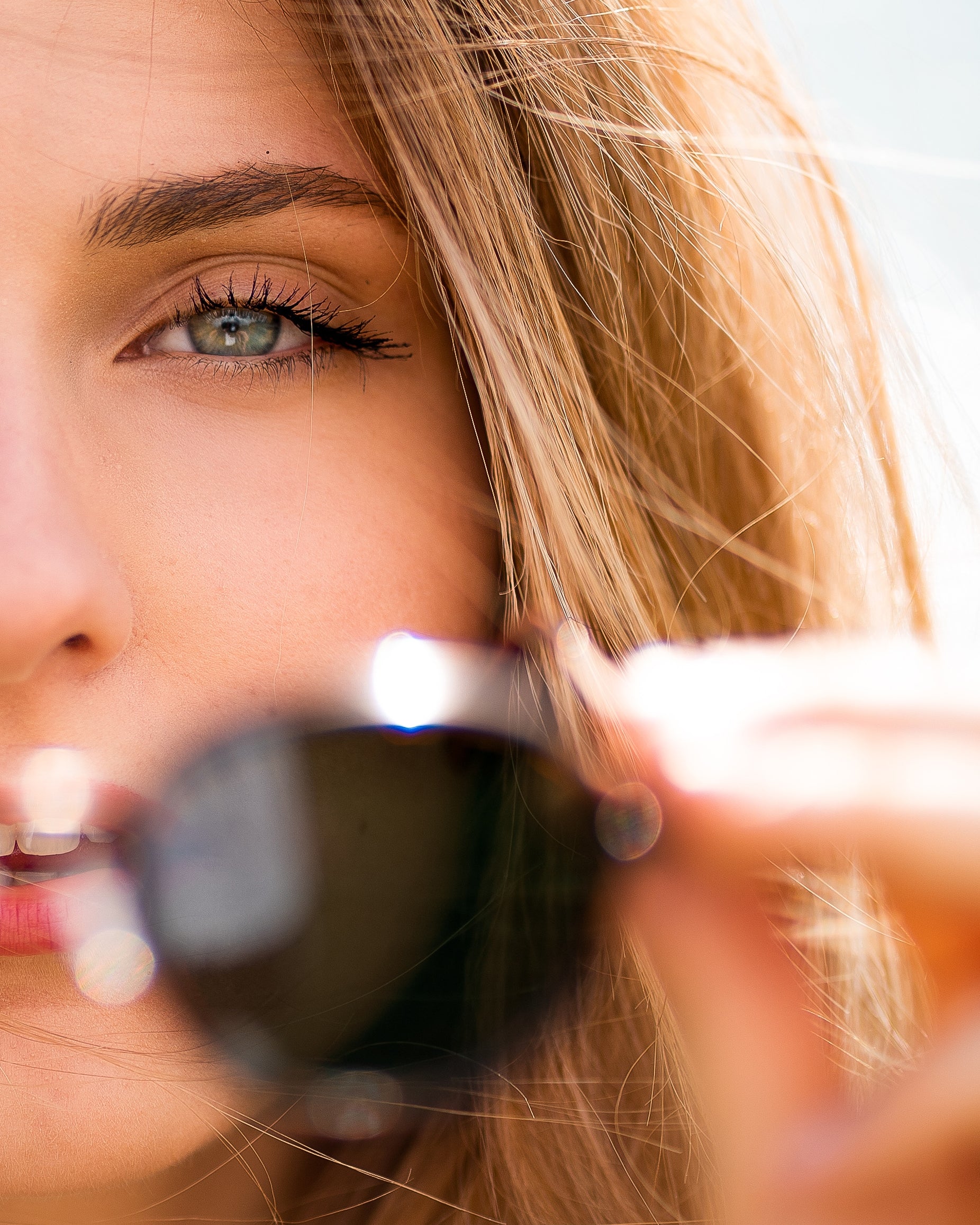Children’s Glasses: Protect Eyesight From an Early Age
Providing good vision is very important for a child's growth and overall development. From choosing the appropriate materials for eyewear to being aware of developmental eye issues, being proactive about children's eyesight can go a long way. This article discusses key facets of children's eyewear, from the best safety features and blue light filtering to managing emotional effects and practical care advice. Teaching parents this information allows for healthy vision habits to be developed, which serve children for a lifetime.

Why Early Eye Care Isn't Just Important, It's Crucial
Think about it: so much of what kids learn and experience is through their vision. Their eyes are literally their window to the world. If that window is blurry because of issues like nearsightedness or astigmatism, it doesn't just affect reading—it can affect everything from coordination and play to how they interact socially.
It's catching those things early by coming in for routine eye exams that's so vital. What it does mean is that we can step in, typically with the right pair of kids glasses, before difficulty with their eyes is leading them to lag behind in school or get frustrated with activities. It's not seeing 20/20; it's giving kids clear, comfortable vision that will enable them to learn, grow, and soak up everything around them with confidence. Prioritizing their eye health really does set a foundation for success.
How Kids' Eyes Grow and Potential Roadblocks
A child's visual system is a marvel of development, starting at birth and maturing through their childhood and teen years. Newborns see mostly blurry shapes, but quickly learn to focus, track movement, perceive depth, and distinguish colors. This developmental journey is complex, and disruptions can affect how clearly they see and interact with their environment.
Besides the common refractive errors (nearsightedness, farsightedness, astigmatism), parents should be aware of signs that might indicate a problem. Keep an eye out for:
- Frequent eye rubbing or excessive blinking
- Squinting to see things near or far
- Tilting their head to one side consistently
- Sitting unusually close to the TV or holding books very near their face
- Complaining of frequent headaches, especially after reading or screen time
- Covering one eye to see better
- Difficulty with hand-eye coordination
- Eyes that appear crossed, turn inward, or wander outward (strabismus)
- Sensitivity to light
Amblyopia ("lazy eye"), where one eye does not develop vision appropriately, and strabismus (misaligned eyes) must be attended to immediately, as early intervention offers the best chance for correction and prevention of lifelong vision loss in the involved eye. Don't rely on school vision screening tests, which often miss difficulties other than mere acuity.
The Crucial Eye Exam: What Parents Can Expect
The gold standard is a full eye examination by an optometrist or ophthalmologist. It is more thorough than a screening. For small children, the exam is made fun and not scary at all. The eye physician will check:
- Visual Acuity: Use age-appropriate charts (pictures or letters) to see how clearly your child sees at different distances.
- Refraction: This determines the exact lens power needed to correct any nearsightedness, farsightedness, or astigmatism. This often involves looking through different lenses.
- Eye Alignment and Teamwork: Assessing how well the eyes work together (checking for strabismus).
- Eye Health: Examining the internal and external structures of the eye for any signs of disease or abnormalities.
Don't worry if your child is too young to read letters; doctors have specialized techniques to assess vision in infants and toddlers. Plan for exams around 6 months, 3 years before starting school, and then typically every 1-2 years unless advised otherwise.

Choose the Right Eyewear to Balance Daily Needs with Active Protection
For Everyday Wear
Choosing glasses for daily use equates to prioritizing comfort and durability. Look for frames made from flexible, tough materials like TR90 or abrasion-resistant polycarbonate that will withstand drops and falls—a practical choice for active kids. Comfort is also very important; lightweight frames with a comfortable fit that won't dig in or slip down are more likely to be worn daily. Non-negotiable must-have lens features include 100% UV protection, basically sunscreen for their eyes when they are outdoors. Consider blue light filtering lenses, which may reduce digital eye strain from screens.
For Active Kids and Sports
Normal glasses are not typically adequate for sports. Sports like soccer or cycling put eyes at risk of impact and airborne debris. Protective goggles or sports glasses are a necessity. These feature specialty high-impact-resistant polycarbonate lenses designed to withstand shattering. They also include secure straps and padding, which normal frames do not, to hold the glasses in place during active motion for protection and visibility. Good quality sports eyewear should also provide UV protection for outdoor competition, safeguarding vision and increasing participation in sport with confidence.
Glasses, Confidence, and Keeping Them Clean
It's a big deal for a child to get glasses, and how they react to wearing them is critical. Some adjust right away; others might feel self-conscious. An incredible confidence booster is letting them have a real say in selecting frames that they truly enjoy—colors and styles that match their personality. If they feel the glasses belong to them, they're more likely to wear them proudly. Normalizing glasses by talking about cool characters, athletes, or family members who wear them also helps.
In practical terms, it's also important to teach kids how to take care of their glasses. Simple habits like using two hands to put them on and take them off, wiping lenses gently with a microfiber cloth (not their shirt!), and always storing them in their case make a big difference in preventing scratches and breakage. It's partially about preserving the investment but also about instilling responsibility and keeping their glasses continuing to do what they do: give them clear vision.

How to Choose Prescription Glasses for Their Children
The process starts with making an appointment for a complete eye exam with an optometrist or ophthalmologist, who can properly evaluate your child's vision requirements and give a proper prescription.
When you get the prescription, the selection of the correct frames is critical. Select frames that are comfortable, durable, and aesthetically pleasing to your child. The majority of internet optical stores (such as Zenottic) carry many designs in lightweight materials specifically designed for children with good fit and wear resistance to athletic wear.
It is crucial that the glasses fit perfectly; they should sit on the nose without slipping off and be aligned with the center. Constant adjustments may be made as your child grows, so regular visits to the optician for checkups and adjustment fittings are essential.
It is also important to monitor your child's vision changing. Have regular eye checkups, typically every year, to update the glasses prescription if necessary. This foresight, though ensuring optimal vision correction, also enables your child to be comfortable with wearing glasses permanently. Paying attention to such details helps parents support their child's vision development effectively

